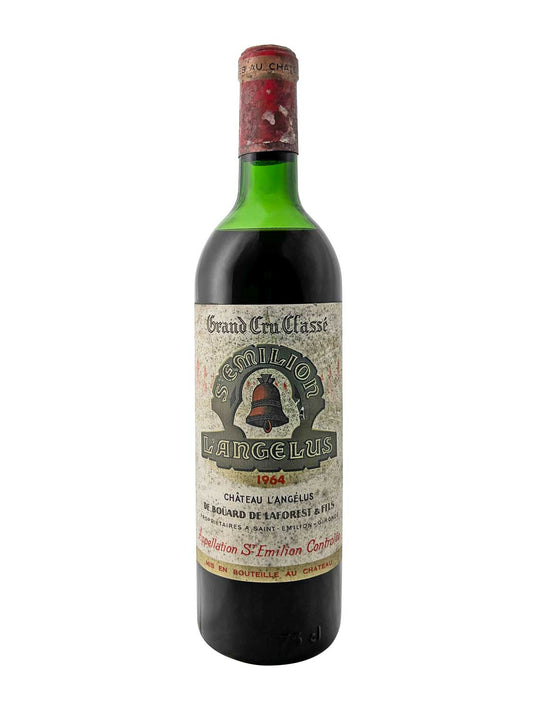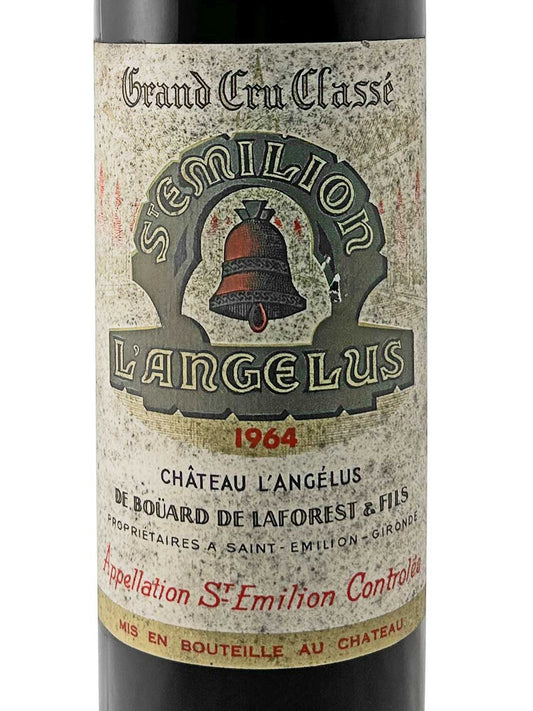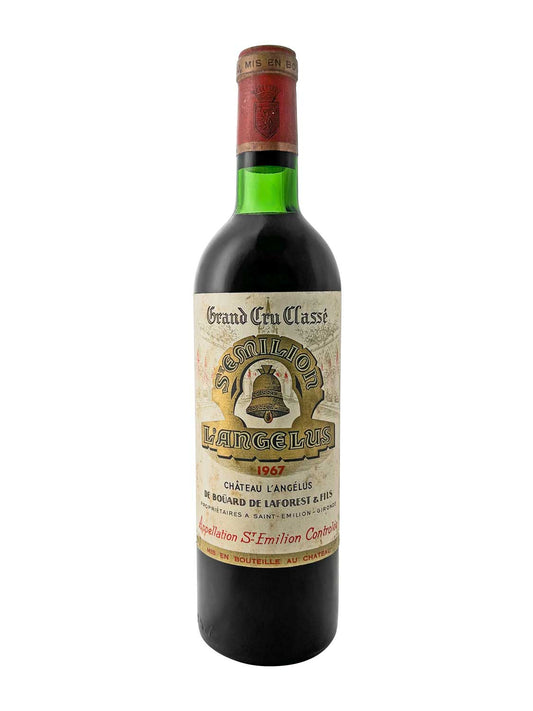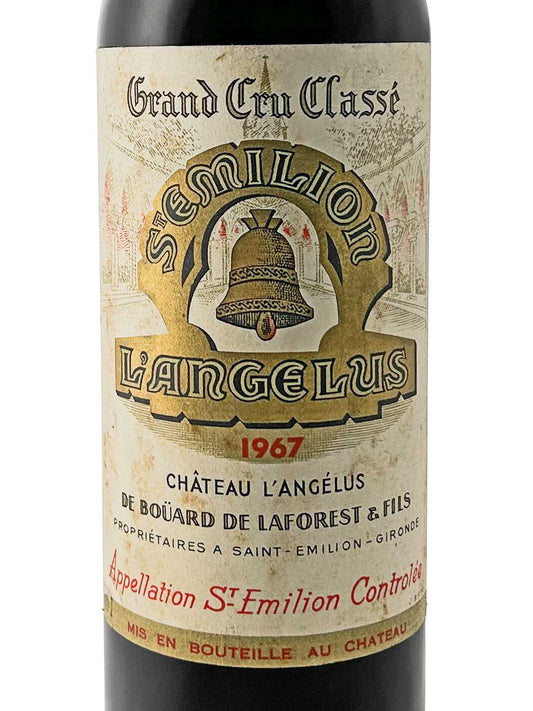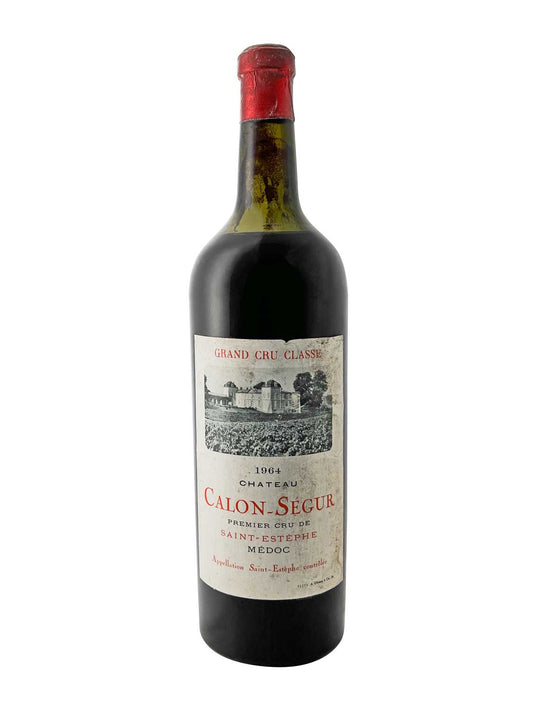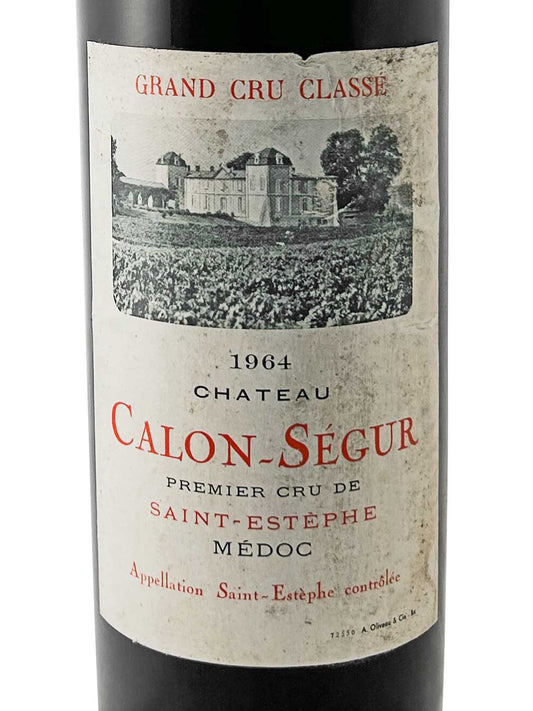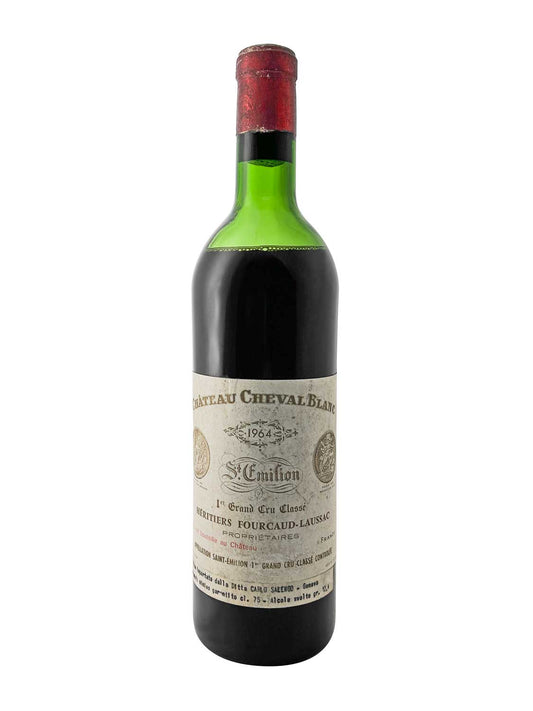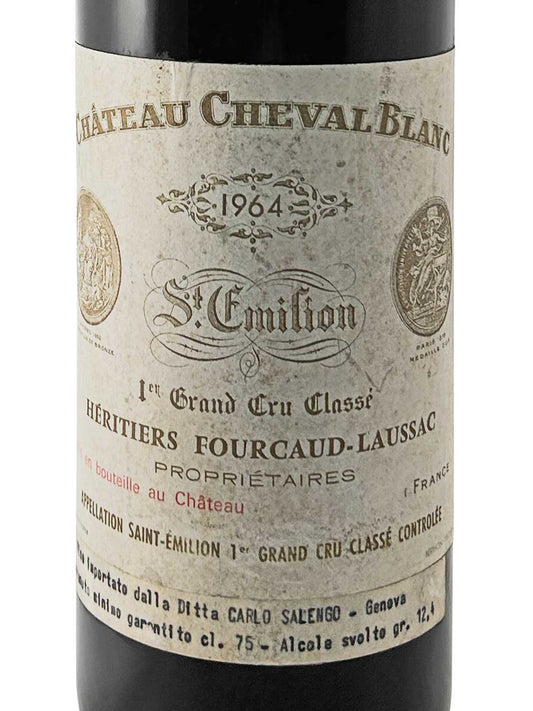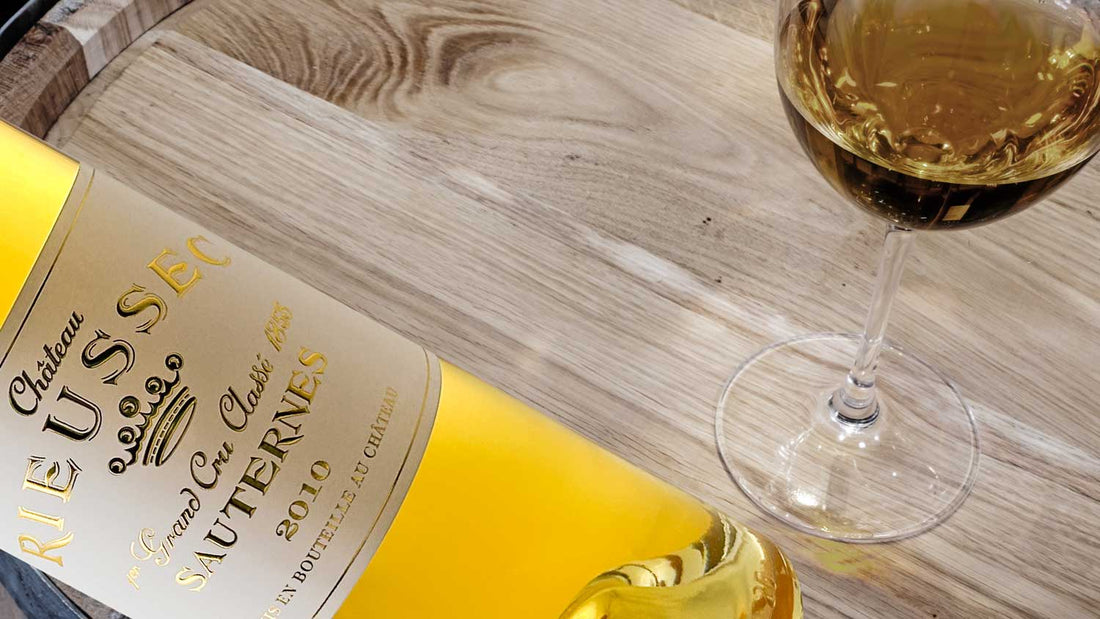
What is dessert wine?
A particularly sweet alternative for your wine collection
Dessert wine is a special category of wine often served as the perfect accompaniment to a fine meal. These wines are typically sweeter and richer than traditional wines, offering a unique tasting experience. In this blog post, we'll explore the different types of dessert wines, their production, and tips for choosing the perfect dessert wine.
Also read: What is cuvée wine?
The different types of dessert wine
Dessert wine can be divided into several categories, each with its own characteristic features:
Ice wine: This wine is made from grapes frozen on the vine. The cold concentrates the sugars and aromas, resulting in an intense flavor. Ice wine is especially popular in Germany and Canada.
Trockenbeerenauslese (TBA): These wines come from overripe grapes affected by noble rot (Botrytis cinerea). The fungus extracts water from the grapes, increasing the sugar content. TBA wines are extremely sweet and aromatic.

Port wine: Originating in Portugal, port wine is a fortified wine that is enriched with brandy during fermentation. This preserves the grapes' natural sugar content and gives the wine its characteristic sweetness.
Sherry: Another fortified wine from Spain. Sherry comes in a variety of styles, from dry to sweet. Sweet sherries like Pedro Ximénez make excellent dessert wines.
Sweet wines: These include wines like Muscat or Gewürztraminer, which impress with their natural sweetness. These wines can be enjoyed both fresh and aged.
Dessert wine from Bordeaux
Bordeaux is known not only for its bold red wines, but also for exquisite dessert wines that are popular with wine collectors. The region produces some of the world's finest sweet wines, particularly the famous Sauternes and Barsac.
Also read: Which are the best wines from Bordeaux?
Sauternes wine
Sauternes is the most famous dessert wine from Bordeaux. It is made from grapes such as Sémillon, Sauvignon Blanc, and Muscadelle that have been affected by noble rot (Botrytis cinerea). This specific rot draws water from the grapes and concentrates the aromas and sugar content, resulting in an intense, honey-like flavor. Sauternes is characterized by notes of apricots, peaches, and spices and has a velvety texture.
Examples of Sauternes wines:
- Château d'Yquem
- Château Clos Haut-Peyraguey
- Château d'Arche
- Château de Malle
- Château Myrat
- Château Rieussec
- Château Sigalas Rabaud
Barsac wine
Barsac, a smaller wine-growing region within Sauternes, also produces excellent dessert wines with similar characteristics. Barsac wines are often somewhat fresher and less sweet than their Sauternes counterparts.
Examples of Barsac wines:
The production of dessert wine
The production of dessert wine requires special techniques and conditions:
Grape selection: Dessert wines often use overripe or noble rot grapes to ensure a high sugar content.
Fermentation: In many dessert wines, fermentation is stopped early to preserve the natural sugar content.
Fortification: In fortified wines such as port or sherry, brandy is added during fermentation to increase the alcohol content and stop fermentation.
Maturation: Many dessert wines benefit from longer aging in barrels or bottles, which deepens and adds complexity to their flavors.
4 tips for choosing the perfect dessert wine
1. Consider the quality level and the appellation
Choose a dessert wine that promises good aging potential. A general rule of thumb is that wines from Barsac and Sauternes, which belong to the 1855 Bordeaux Classification of Wines, are ideal for a wine collection. This means that dessert wines from the Premier Grand Cru Classé (including Supérieur) and Deuxième Grand Cru Classé are suitable for long-term storage in your wine cellar.
Also read: What quality levels are there for wine?
2. Read about different vintages
Not every vintage is of the same quality. It also happens that some vintages were not produced at all. For example, Château d'Yquem did not produce a first wine (Grand Vin) in 1910, 1915, 1930, 1951, 1952, 1964, 1972, 1974, 1992, and 2012. This is due to the maintenance of quality and standards, which are often related to the weather.
3. Pay attention to reviews from wine critics

James Suckling and Decanter provide valuable insights into the quality of dessert wine. Most dessert wines are tasted by wine critics, and the results are then published.
4. Pay attention to the condition of the bottle
Before purchasing a bottle of dessert wine online, carefully examine the condition using photos and read the descriptions. If you find insufficient information about the wine's condition in an online wine shop, we advise against purchasing it.
Conclusion
Dessert wine is a fascinating category within the wine world, captivating with its diversity and complexity. Whether ice wine, port, or Trockenbeerenauslese, each type has its own unique characteristics. By understanding the different types of dessert wines and how they are made, you can refine your selection and find the perfect bottle of wine for your collection.
For all newbies: Discover the world of dessert wine – it's worth it, especially to diversify your wine collection!



